15 Things You Only Saw In A 1970s Hotel Room
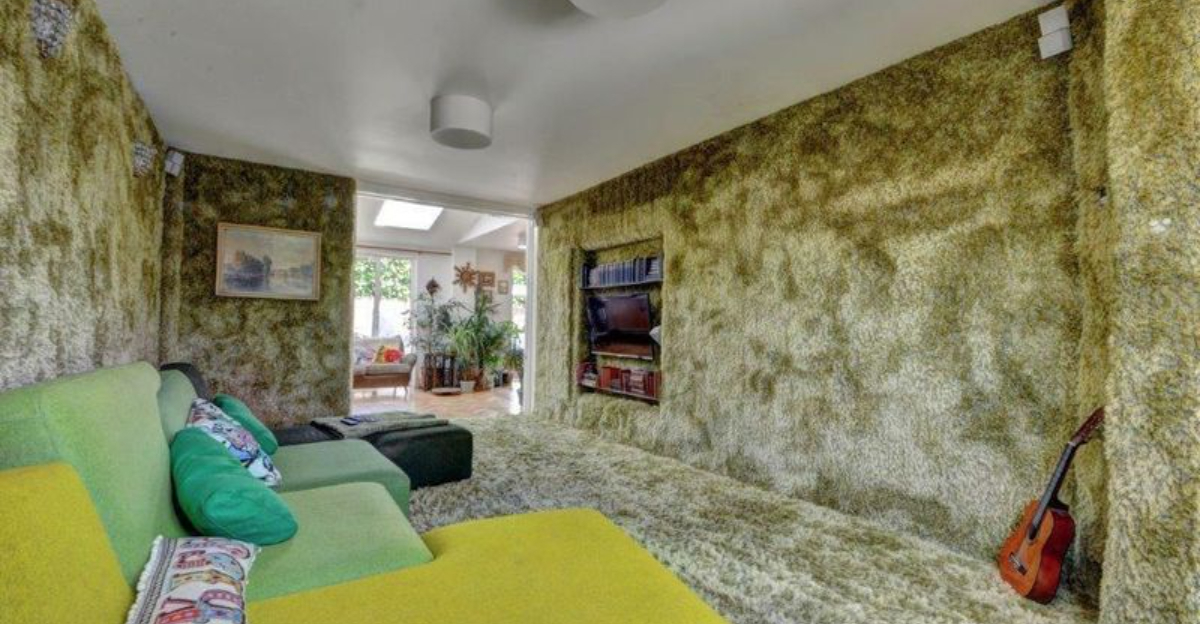
Step into a 1970s hotel room, and prepare to have your eyeballs lovingly assaulted by a visual explosion of avocado greens, burnt oranges, and shag textures you could lose a shoe in. These rooms were more than a place to sleep—they were a time capsule of bold choices, wacky gadgets, and an unapologetic commitment to polyester.
From wall-to-wall shag carpeting that held heat—and secrets—to vibrating coin-operated beds that promised “relaxation” but felt more like a quarter-powered earthquake, every detail was both delightful and mildly confusing. Wood-paneled TVs? Check.
Plastic ice buckets with tongs no one ever used? You bet. And don’t forget those velvet paintings that somehow made cowboys look mystical.
Whether you were a road-tripping family or a disco couple on a getaway, the ’70s hotel room was part mystery, part museum, and all mood. So grab your key on a giant wooden fob—room 217 awaits.
1. Avocado Green or Harvest Gold Everything
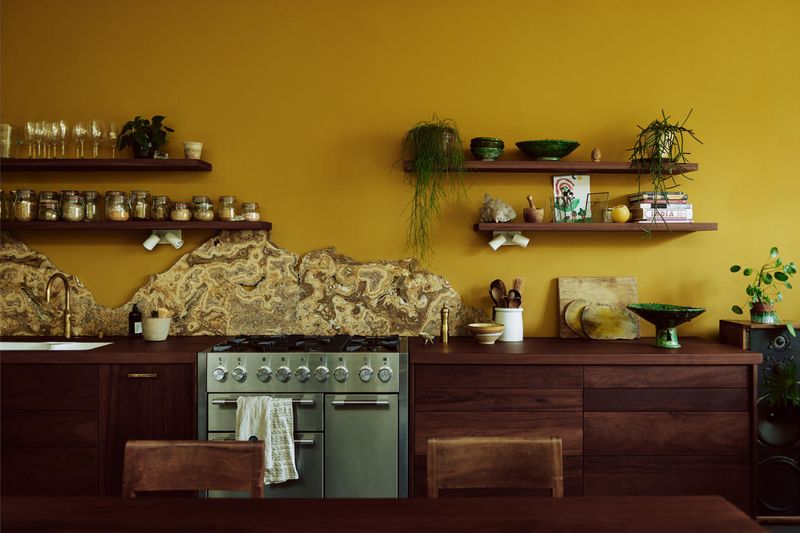
Ah, the 1970s—a time when color schemes were more of a dare than a design choice! Imagine stepping into a hotel room where everything was either avocado green or harvest gold. The fridge matched the bathroom tiles, and the sink was no exception. It was a bold statement, somewhere between earthy and “Did someone lose a bet?”
Even the walls wore these colors with pride, creating a look that screamed vintage in the loudest way possible. Walking into these rooms felt like entering a retro time machine, and you couldn’t help but admire—or question—the audacity of such a palette. But why these colors, you ask? Legend has it that they were meant to evoke a sense of nature and warmth. Instead, they became an emblem of an era when subtlety took a backseat to saturation.
The funny part? These hues became the ultimate symbol of the decade, encapsulating its fearless spirit in every room. And if you were lucky, you might have even found matching curtains or bedspreads, all harmoniously clashing in a way that only the 70s could pull off. So, next time you see these colors, tip your hat to a time when hotel rooms weren’t just a place to rest—they were an experience.
2. Coin-Operated Vibrating Beds
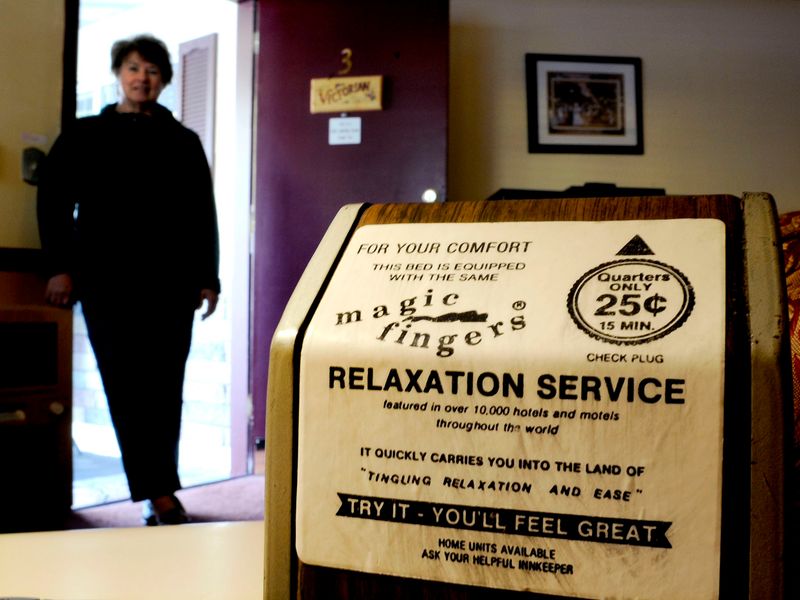
Drop a quarter, hit the button, and prepare for a ride! The coin-operated vibrating bed was the crown jewel of the 1970s hotel room experience. As a kid, I thought it was like an amusement park ride for adults. You’d plug in your coins, and the bed would spring to life, shaking with a vigor that was more comedic than comforting.
Was it romantic? Well, that depended on your definition of romance. For some, it added a quirky thrill to a night away; for others, it was a shaking reminder of what a few coins could buy. The vibration lasted for a few minutes, just enough time to question your life choices or simply embrace the absurdity of it all.
These beds were a staple of the era, a relic of a time when innovation meant putting a motor in your bed. While they might not have been the pinnacle of comfort, they certainly made for a memorable stay. So, if you ever find yourself in a hotel room that boasts one of these bygone beauties, give it a try. Who knows? You might just find yourself laughing along with the gentle rumble.
3. Wall-to-Wall Shag Carpet
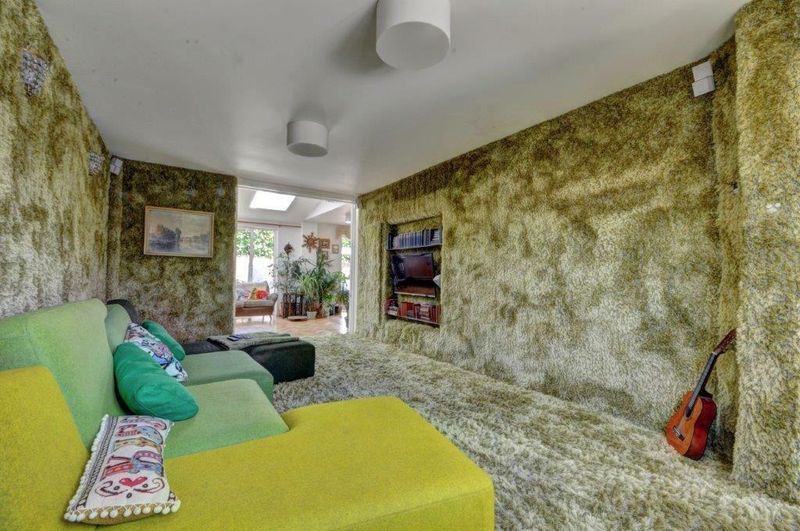
In the 1970s, hotel rooms were like a treasure hunt, and the wall-to-wall shag carpet was the first prize. Thick enough to lose your keys in, this carpet was a playground for feet. The sensation of toes sinking into the plush fibers was oddly satisfying, even if the colors—usually orange or brown—weren’t exactly eye candy.
This carpet was more than just a floor covering; it was a statement. It whispered luxury in every tuft and dared you to imagine the stories it could tell. Sure, the vacuum cleaner was its greatest foe, but who needed a clean floor when you had style on your side?
And let’s not forget the sound-dampening qualities. With this carpet, you could tiptoe across the room without a sound, making midnight snack runs a stealthy endeavor. Whether you loved it or loved to hate it, shag carpet was a defining feature of 70s hotel rooms, and stepping onto it was like walking back in time, one fluffy step at a time.
4. Ashtrays on Every Surface
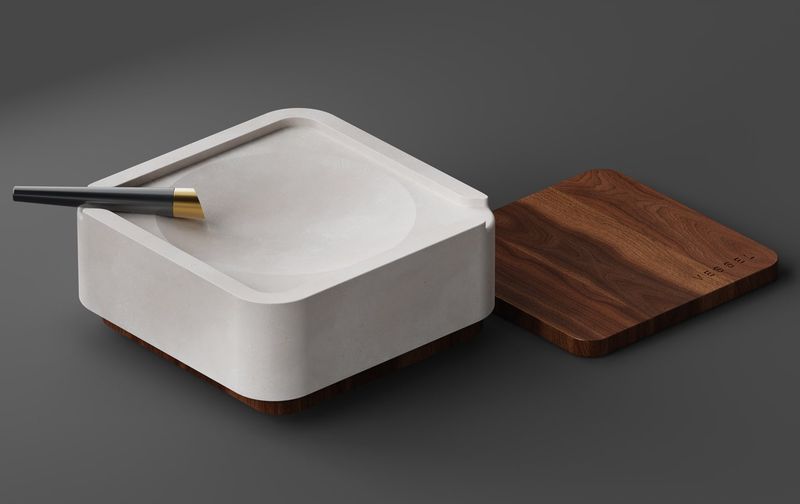
Remember when smoking indoors was as common as breathing? In 1970s hotel rooms, ashtrays were as ubiquitous as lamps. They adorned every surface, from nightstands to coffee tables, often branded with the hotel’s logo—because why not collect lung damage and souvenirs simultaneously? It was an era where hospitality extended to tobacco lovers, and offering an ashtray was akin to providing a mint on the pillow.
These ashtrays came in all shapes and sizes, some glass, some ceramic, and all ready to catch the ashes of the day. They were a testament to a time when smoking wasn’t just accepted but expected. Imagine the clinking of the ashtray as you stubbed out a cigarette, a soundtrack to the 70s experience.
While the health risks weren’t as well-known, the ambiance was undeniable. The haze of smoke added a moody layer to the room, and the ashtrays were part of its charm—a quirky reminder of a different world. Today, they serve as relics of a bygone era, echoing tales of a time when the air was thick, and the decor was even thicker.
5. Push-Button Telephones
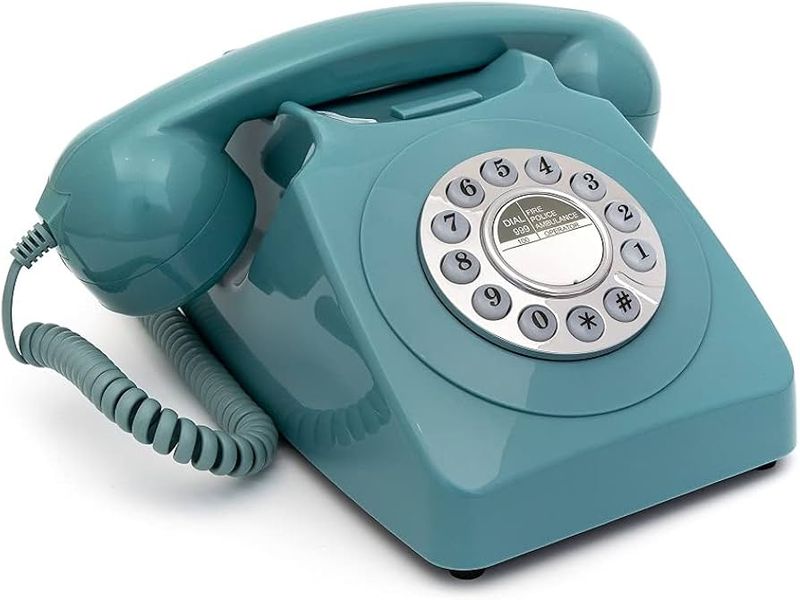
Let’s travel back to a time when push-button telephones were the height of tech luxury. In a 1970s hotel room, the sight of a clunky beige telephone was as familiar as the shag carpet underfoot. Wired securely to the nightstand, these phones were a commitment, tethering you to the room—and sometimes to a lengthy bill if you dared to dial long distance.
Each button press was a satisfying click, a tactile experience that made calling the front desk feel like a grand event. The phone’s beige color might not have been thrilling, but it was a staple in this technological era. It was the smartphone of its day, minus the internet and with a cord that reminded you of your boundaries.
These phones weren’t just for calling; they were a connection to the world outside and an essential part of the 70s hotel aesthetic. In a time before cell phones, they were your lifeline, your messenger, and occasionally, your alarm clock. Picking it up was like holding a piece of history, a conversation starter that was both literal and figurative.
6. TVs in Giant Wooden Consoles
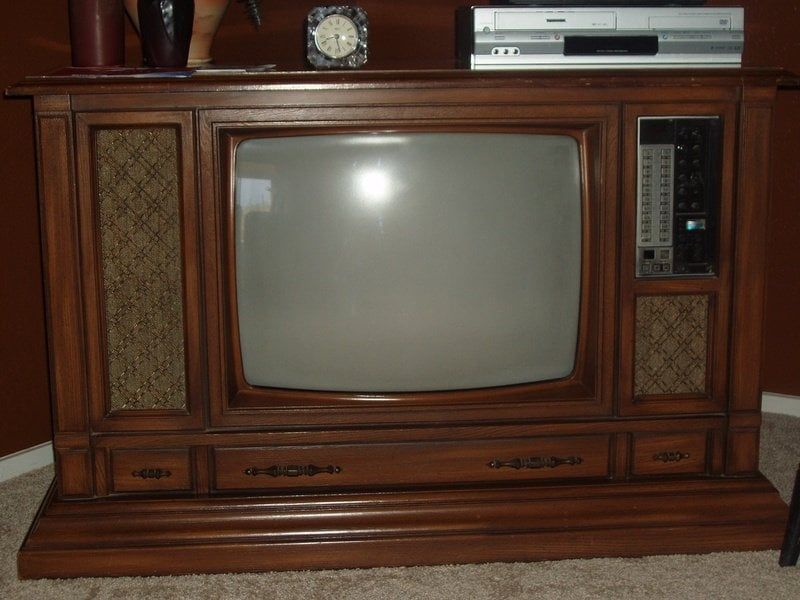
In 1970s hotels, TVs weren’t just entertainment; they were furniture. Picture a 19-inch screen nestled within a 70-pound wooden console, a grand piece that dominated the room like a regal monarch. Remote controls? Unheard of! You were the remote, and changing channels meant getting up and turning the dial—a gentle reminder to appreciate the show before you.
These TV consoles were a marvel of craftsmanship, blending technology with traditional woodworking in a way that only the 70s dared. The boxy design was more than a housing for the screen; it was a statement piece, a conversation starter even when turned off.
Watching TV was an event in itself. You’d sit back on the velour chair, perhaps with a drink in hand, and enjoy the evening news or a late-night movie. It was a time when the screen’s glow was a nightly ritual, and the console’s presence was as comforting as the shows it displayed. Today, these TVs are relics, cherished by collectors and nostalgia seekers alike.
7. Patterned Bedspreads That Never Got Washed

A night in a 1970s hotel room wouldn’t be complete without the patterned bedspread. Often sporting paisley, geometric shapes, or abstract designs that could rival a lava lamp, these bedspreads were a visual feast—and sometimes, an olfactory one, too. Rumor has it they were never washed, a mystery as deep as the colors themselves.
The texture was a curious mix of soft and mysterious, as if it had stories woven into the fabric. These bedspreads were more than just covers; they were style statements, daring you to find their hidden patterns or secret stains.
Climbing under one was an adventure—would you find warmth, or simply a layer of dust? Either way, they added to the room’s character, a testament to 70s style. Today, they’re a memory of a time when design trumped cleanliness, and a hotel stay was as much about the visual experience as it was about comfort.
8. Velour or Vinyl Accent Chairs

No 1970s hotel room was complete without an accent chair that seemed more like a fashion statement than a functional piece. Whether it was velour or vinyl, these chairs were all about style over substance. Their bold colors and shiny or plush surfaces invited you to sit—or at least admire their aesthetic chutzpah.
Sitting in one of these chairs was an experience of contrasts. Velour was soft and inviting, a tactile treat, while vinyl was sleek and, quite literally, cool. Either way, they added a pop of personality to the room, a shoutout to an era when bold design ruled.
Uncomfortable? Maybe. But they were undeniably memorable, a part of the 70s charm that made hotel rooms feel more like art installations than mere accommodations. Today, they might seem quirky, but back then, they were the height of style, and sitting in one felt like taking a seat in the past.
9. A Built-In Radio or Alarm Clock That Was Never Right
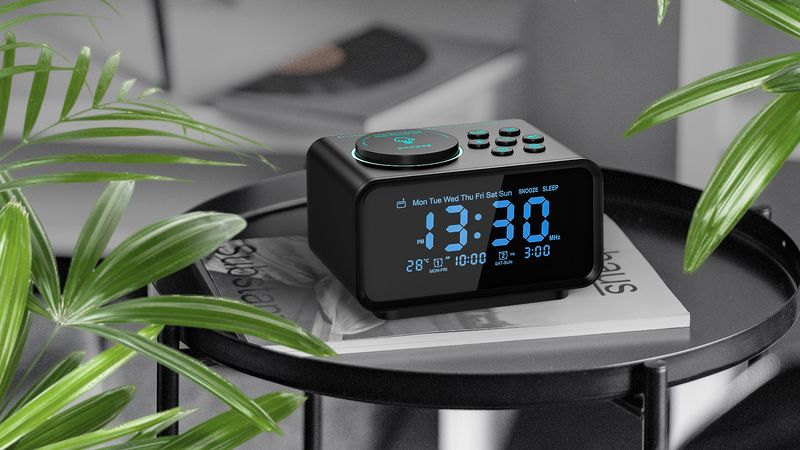
Ah, the built-in radio or alarm clock—a technological marvel of the 1970s, perpetually flashing the wrong time. Set in a wooden panel or glued to the headboard, these devices were a paradox: both cutting-edge and infuriatingly inaccurate.
Tuning the radio was an exercise in patience, with static and AM stations your constant companions. The alarm clock’s persistent tick-tock was a reminder of time’s march, even if it marched to its own beat. But who needed accuracy when you had ambiance?
These contraptions were a staple of 70s hotel rooms, a quaint reminder of a time when gadgets were analog and life was a little more unpredictable. Today, they’d be an oddity, but back then, they were an essential part of the hotel experience, a charming quirk that could either lull you to sleep or drive you slightly mad.
10. Murals or Velvet Paintings on the Wall
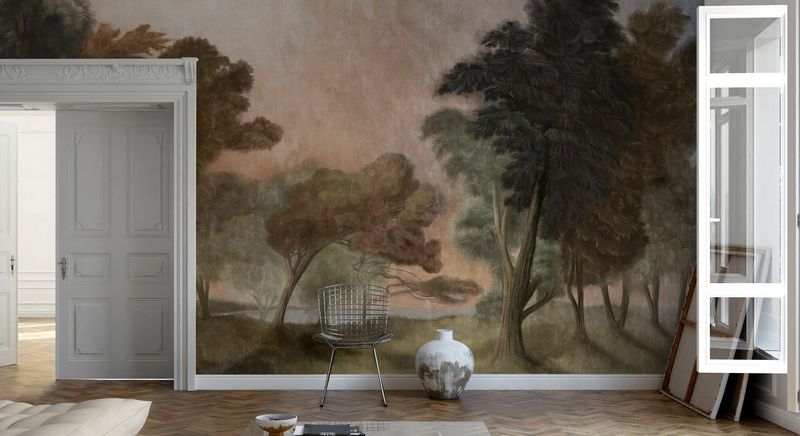
Step into a 1970s hotel room, and you might find yourself face to face with a mural or velvet painting. These artworks were more than decor; they were statements. One room might have a ship at sea, another a galloping horse or a psychedelic forest. Either way, they were as unsettling as they were unforgettable.
The velvet paintings, with their soft texture and vibrant colors, added a touch of luxury—or kitsch, depending on your taste. The murals, meanwhile, transformed walls into canvases, telling stories that you could either get lost in or desperately try to ignore.
These pieces were a reflection of the era’s bold artistic choices, a time when hotel walls were as much about creativity as they were about covering up old paint. Whether you found them charming or eerie, they were a quintessential part of the 70s hotel experience, a visual journey within a journey.
11. Tiny Bars of Soap in Wax Paper Wrappers

In the 1970s, hotel bathrooms featured an essential amenity: tiny bars of soap wrapped in wax paper. These soap bars, about the size of a Chiclet, were a study in minimalism. They were often stamped with the hotel name, a small touch that added a sense of exclusivity—or whimsy, depending on your perspective.
Unwrap one, and you’d find a barely-there fragrance and a lather that was as modest as its size. These soaps were more decorative than functional, but they were a staple of the hotel bathroom, a nod to hospitality’s finer—or at least smaller—details.
Despite their size, they were a charming part of the hotel experience, a little luxury in a wax paper wrapper. They might not have been the most moisturizing, but they were undeniably memorable, a piece of the 70s puzzle that made every stay a unique adventure.
12. No Mini Fridge, But a Magic Ice Bucket

Forget mini fridges; in the 1970s, hotel rooms had something better: the magic ice bucket. Made of plastic with an accompanying liner and tongs, this bucket was your ticket to chilled beverages. The real adventure, however, was finding the communal ice machine—an essential part of the hotel experience.
The ice bucket sat in the room as a promise of refreshment, ready to be filled with cubes that clinked delightfully in your glass. It was a simple pleasure, a reminder of a time when things didn’t need to be complex to be enjoyable.
And let’s face it, the hunt for ice was a mini adventure. Armed with your bucket, you’d wander the halls, following the sounds of machinery until you found the prize. The absence of a mini fridge didn’t dampen spirits; instead, it added a layer of interaction and spontaneity to your stay.
13. Sliding Glass Doors to Nowhere
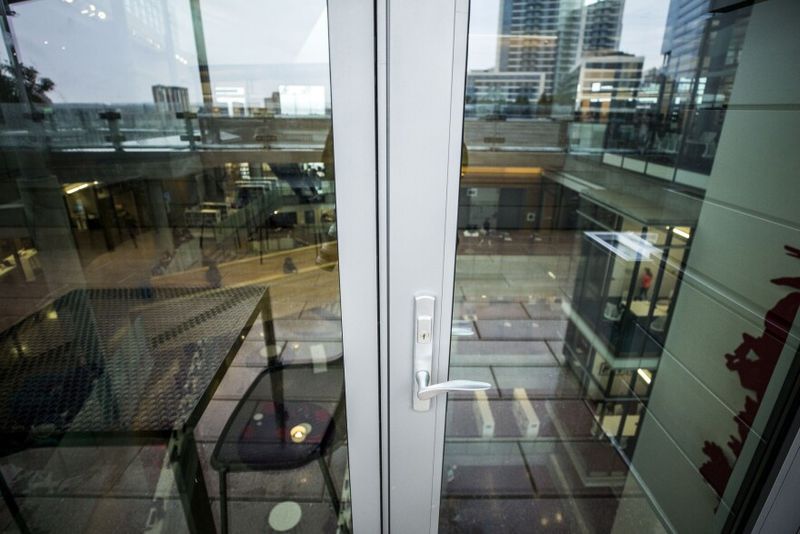
Ever open a door only to find the promise of more? In the 1970s, hotel rooms often featured sliding glass doors that led to nowhere—or at least nowhere exciting. Maybe a concrete slab or a view of the parking lot awaited you, with the faint hope of a pool in the distance.
These doors were portals to the outside world, even if that world was just a few paces away. They let in natural light and a breeze that carried the scent of the era’s adventures. Opening them was like unwrapping a present, only to find socks instead of a toy.
Despite their humble offerings, these doors were a charming quirk of 70s hotel design, an invitation to step outside, even if only briefly. They were a reminder of simpler times, when a bit of fresh air was all you needed to feel at home.
14. Mood Lighting (But Not on Purpose)
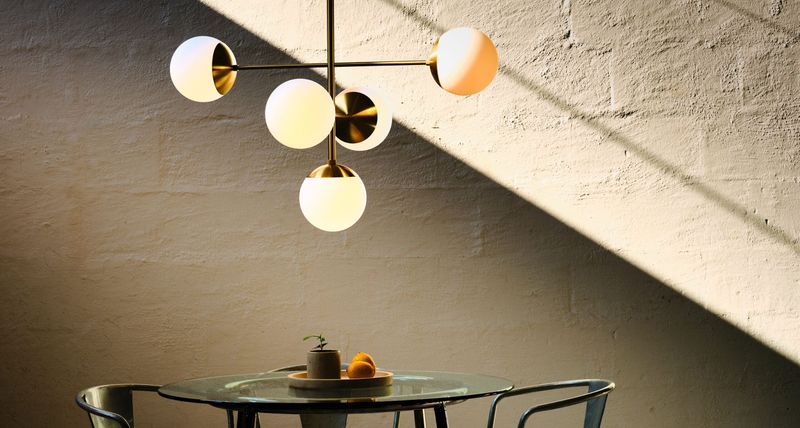
In the 1970s, mood lighting wasn’t a design choice; it was a happy accident. Hotel rooms were dimly lit with lamps that had gold-tinted shades, casting a soft, almost romantic glow that was more ambiance than illumination. It was the kind of lighting that made you squint at the newspaper but also lent an air of mystery to the surroundings.
Wall sconces flickered dimly, adding to the atmospheric haze. The lighting was an unintentional design feature that turned every evening into a candlelit dinner—sans the candles. It was a charm of the era, a subtle reminder that sometimes, less is more.
This lighting was perfect for unwinding after a day of travel, inviting you to sink into a velour chair and enjoy the gentle hum of the radio. It was an ambiance that many later tried to replicate, but in the 70s, it was simply the way things were, a comforting quirk that made each stay unique.
15. Room Keys the Size of Your Hand

Remember those room keys that could double as boat paddles? In the 1970s, hotel keys were hefty, metal masterpieces attached to wooden fobs the size of your hand. Losing one wasn’t just inconvenient; it was like misplacing a small piece of furniture.
These keys were a tactile delight, grounding you in the experience of staying in a hotel. Fumbling with them at your door was a rite of passage, a moment of triumph when the lock finally turned. They were a far cry from today’s key cards, a physical reminder of your temporary home.
The key fob often bore the hotel’s name, a keepsake of sorts, though losing it meant a trip to the front desk and perhaps a sheepish apology. They were a part of the 70s charm, a nod to a time when things were designed to be felt, hefted, and occasionally lost in the bottom of a very large bag.
